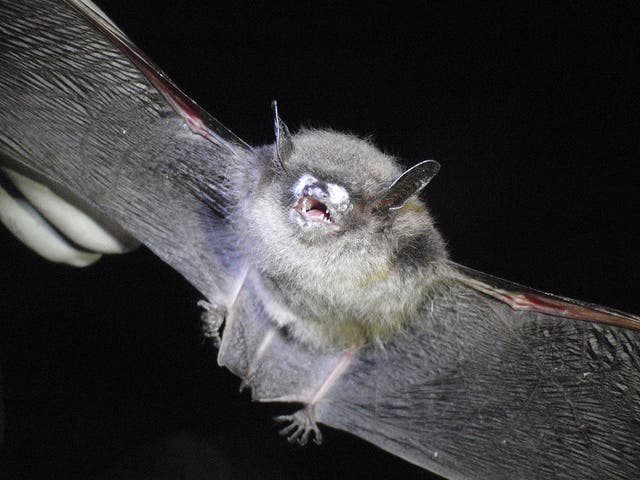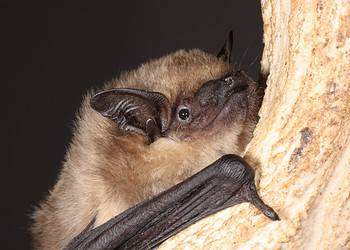In just 7 years, a disease called white-nose syndrome has killed more than 5 million North American bats, almost wiping out entire colonies. The disease has been reported in caves and mines of 25 states throughout the Northeastern U.S. and no treatment or practical way of halting the disease has been proposed.
The disease is caused by a fungus, Pseudogymnoascus destructans, which colonizes the bat’s skin. The disease is responsible for killing somewhere between 5 and 7 million bats. Even though several compounds (antifungals, fungicides, and biocides) where shown to effectively inhibit the growth of the fungus, there is no plan to actually fight the disease. The fungus was first described in 2006.

A new study has quantified the damage done to bat colonies by the fungus, and their findings are extremely worrying. Before the emergence of the disease, colonies in the US were approximately 10 times more numerous than their European counterparts – but now, it’s almost the other way around, with population decline ranging between 60 and 98 percent.
To make this even more disturbing, bats also provide valuable environmental services; as nighttime insect predators, they are considered some of the most valuable non-domestic creatures from an economic point of view. A drop in the number of bats will lead to a rise in the number of mosquito and pests, ultimately leading to financial damage and human diseases. There is also a risk of the spores contaminating humans as well.
The US Fish & Wildlife Service (USFWS) has called for a moratorium on caving activities in affected areas and strongly recommends to decontaminate clothing or equipment in such areas after each use. Cave management and preservation organizations have been requesting that cave visitors limit their activities and disinfect clothing and equipment that has been used in possibly infected caves.
If you are visiting a cave with a bat colony, please pay extra attention to decontaminating your clothes, or, if not possible, don’t visit it at all.
Source: Science Mag






